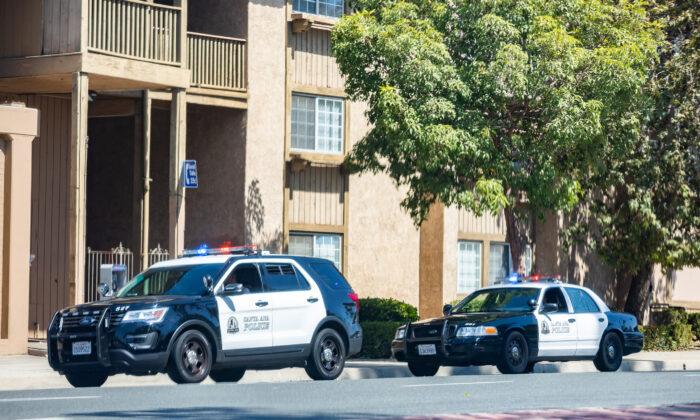NEWPORT BEACH, Calif.—Newport Beach failed to move forward with its plan to create a citywide inclusionary housing ordinance because the number of units required by the state is too “mind-boggling” to be practical for the city.
Inclusionary housing is a type of housing program that requires developers to make a certain portion of units within newly built residential complexes affordable for residents with very low, low, and moderate incomes.
“I call this the ‘California fairy tale’ that this can all work, when we all intuitively know it can’t work,” Councilman Brad Avery said during a recent meeting. “And yet, we need to do everything we can to try and make it work, but the city of Newport Beach and the residents get the wrong side of this deal, unfortunately.”
The number required by the California Department of Housing and Community Development (HCD) is very hard to achieve, according to the city council. Even if the entire city was rezoned for affordable housing, the councilors said it is still uncertain whether the city could meet the HCD’s requirements.
To follow the state’s housing guidelines, Newport Beach needs to add 11,000 units in total in the next eight years, said Seimone Jurjis, the city’s community development director, in a presentation at the meeting.
Among those 11,000, 4,396 units have to be affordable housing, amounting to about 550 new affordable units per year.
“It’s mind-boggling. I don’t understand how to comply,” Councilman Will O’Neil said during the meeting. “And that is obviously bad government when we don’t know how to comply with something ourselves.”
O’Neil said he would like to know whether the council’s making “huge changes and decisions” for rezoning “wide swaths of area of land” can actually comply with the state’s requirements.
“[These] numbers are not feasible, even upon the rosiest predictions that our consultant has provided that is not proven to be effective in cities that have tried to implement those kinds of numbers,” Mayor Kevin Muldoon said. “So, Newport doesn’t need to be the test case. We don’t need to be the first in this.”
Also, the city is not necessarily losing out on affordable units for not creating its own inclusionary housing ordinance while new development projects are being built, community director Jurjis said, because around 90 percent of developers are utilizing the state bonus law, which gives developers certain benefits for providing affordable housing.
The state’s bonus law allows developers to build fewer parking spaces, smaller units, and up to 50 percent denser units, among other incentives to add more affordable housing.
After discussing the matter for over an hour, the council opted to not move forward at this time, mainly due to the city’s inability to produce that many housing units.
“I think you have a consensus. This is not the right time. I don’t think it’s ever the right time,” Mayor Muldoon said. “I believe at the end of the road, this is going to be a complete disaster statewide.”





